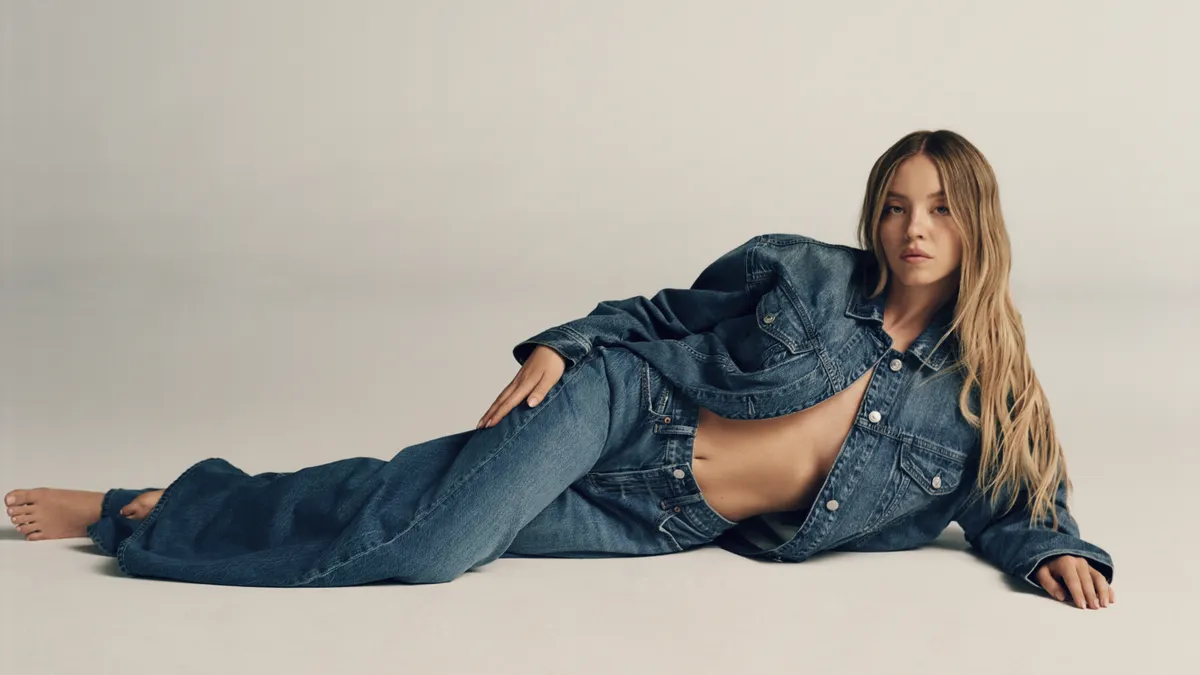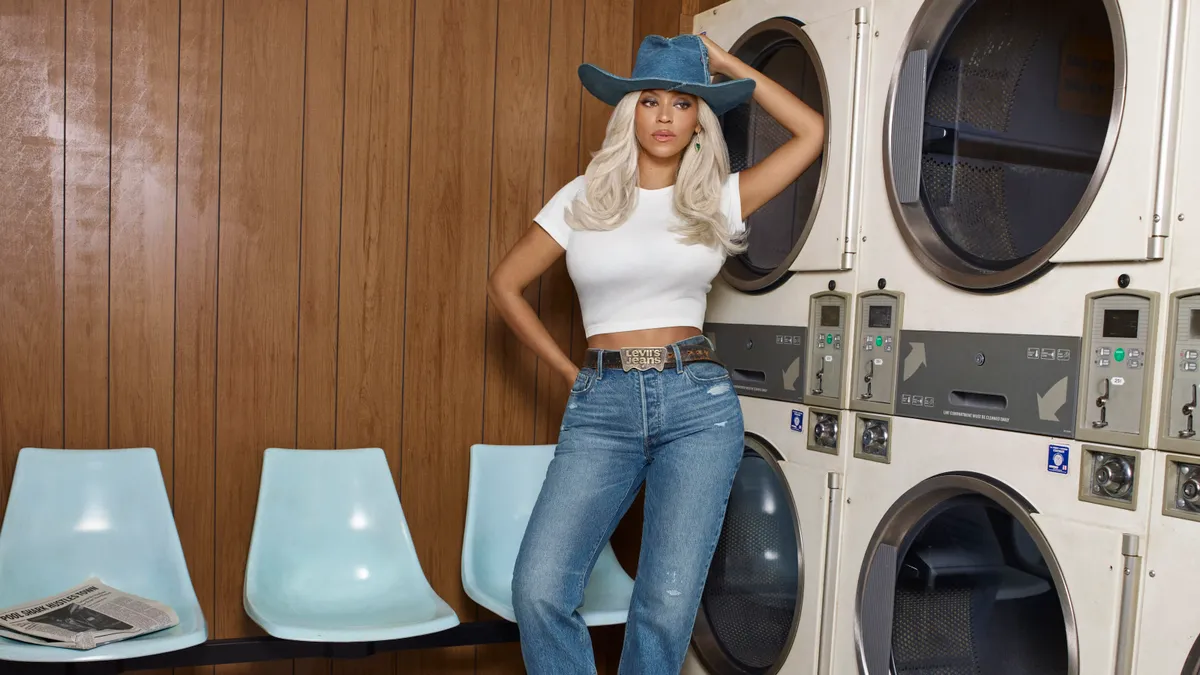The following is a guest post from Satoru Wakeshima, chief engagement officer at brand strategy and design agency CBX. Opinions are the author's own.
Change happens faster because your brain has been trained to accept it. It's a direct result of today's relentless flood of visual stimuli.
After crunching user data from the likes of Google, Wikipedia, Twitter and Reddit, among others, researchers from the Technical University of Denmark concluded that with each passing year, people are focusing less time on trending topics before moving on to the next shiny object. The research appeared in the journal "Nature Communications."
It's exactly what you would expect in an environment in which 500 hours of YouTube video and 2.1 million Snapchat "snaps" are uploaded every minute of every day. Snapchat messages disappear in seconds; Instagram Stories vanish within 24 hours.
Between social media, advertising and retail activations, consumers are exposed to thousands of ephemeral images during their waking hours. Their exposure to branded content has increased dramatically as well. According to e-commerce service provider Oberlo, 83% of Instagram users report discovering new products and services on the platform. For YouTube users, the number was 90%.
For brands trying to get noticed, deliver key messages and differentiate themselves, there's never been a better time for change — precisely because consumers have come to expect it.
Until fairly recently, we simply didn't see dramatic changes in brands so frequently, unless there was a problem. Today's consumers crave new images and messages from brands as long as those changes are relevant and hold their interest, and as long as they don't obliterate what people love about the brand or product. We are more accustomed to seeing and accepting change than ever before.
Context matters
If a brand is doing new, innovative things in multiple touch points, people are more likely to respond with curiosity and openness. Recently, Facebook, Starbucks, Snickers, Mastercard, Instagram and Chobani all "evolved" their branding quite dramatically. And while they did receive a flurry of initial attention, they won the acceptance of their audiences in a few weeks.
Despite this new normal, marketers often feel uneasy about change. The fear of a big decline in sales breeds conservatism. And yet refusing to change is its own risk. The best marketers embrace discomfort and are willing to push their teams to explore even the most unthinkable changes — if it means driving new opportunities and opening up possibilities.
Fearlessness is even more critical now that fast-paced flux is baked into our neuroarchitecture. In today's hyperkinetic media environment, the willingness to be uncomfortable may just be the key to staying relevant.
How far is too far?
Marketers need to respect and preserve what brands stand for. If the brand is all about being genuine, then by all means stay genuine; just try to do it in ways that are surprising.
It's also important to commit to your vision: If the initial reception involves a bit of head-scratching by consumers, this could be a good sign. Especially in sleepy categories, getting noticed is half the battle.
To be sure, there's a fine line between breaking new ground and making irresponsible changes. Throwing away decades of equity should never be undertaken carelessly. I encourage marketers to use research to help gain perspective here. However, creative agencies can and should reach new audiences and markets by encouraging brands to question what's "acceptable."
As one of my clients once put it: "Make me uncomfortable, but not queasy."













